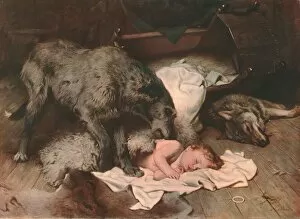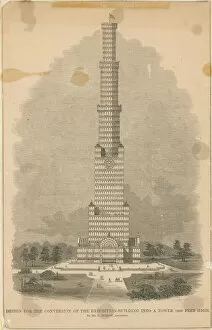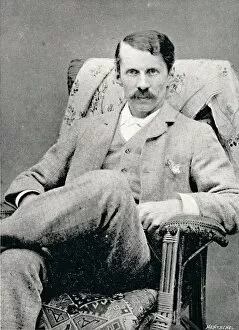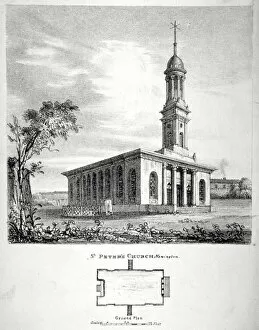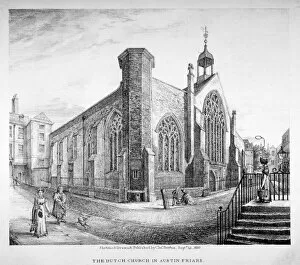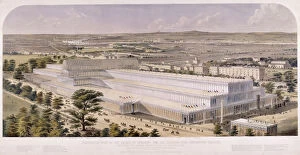Charles Burton Collection
Charles Burton was a versatile artist whose works spanned various mediums and subjects
For sale as Licensed Images
Choose your image, Select your licence and Download the media
Charles Burton was a versatile artist whose works spanned various mediums and subjects. From capturing the innocence of a little girl playing with her Sheltie in his 1892 oil painting, to designing the conversion of Crystal Palace in an engraving, Burton's creativity knew no bounds. One of his notable pieces is "Gelert, " created around 1894 and later reproduced in 1902 by an unknown creator. This artwork showcases Burton's ability to depict the deep bond between humans and animals, as it portrays a loyal dog standing guard over its young master. In another masterpiece from 1880, titled "Charles Burton Barber, " we see the artist's self-portrait that exudes confidence and skill. His attention to detail is evident in every stroke, highlighting his talent for capturing human emotions on canvas. Beyond portraiture, Burton also had a knack for architectural drawings. In 1824, he presented a view and ground plan of the Church of St Peter Newington in Southwark, London. This meticulous work demonstrates his precision and understanding of spatial arrangements. Burton's interest in historical sites is apparent through artworks like "Remains of the Manor of the Rose" (1820) and "Austin Friars" (1823), both depicting scenes from City of London landmarks. These paintings showcase his ability to transport viewers back in time through intricate details and atmospheric settings. The Great Exhibition held at Hyde Park in London during 1851 inspired multiple works by Charles Burton. His depictions capture not only the grandeur but also convey the excitement surrounding this significant event that showcased technological advancements from around the world. Another maritime-themed piece attributed to him is an American privateer schooner near a harbor dating back to approximately 1815. Through this artwork, we can appreciate how he skillfully portrayed ships at sea while conveying their power against nature's elements.

